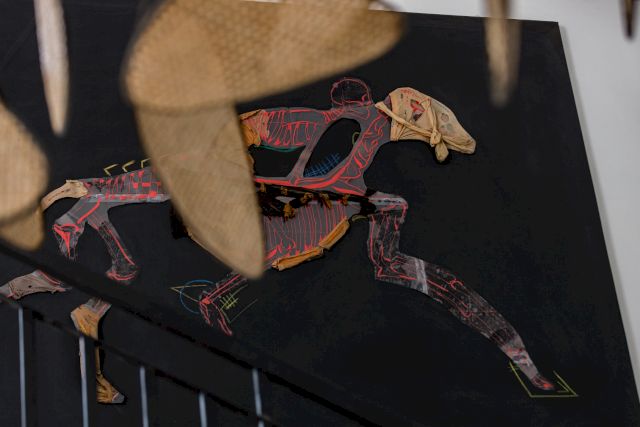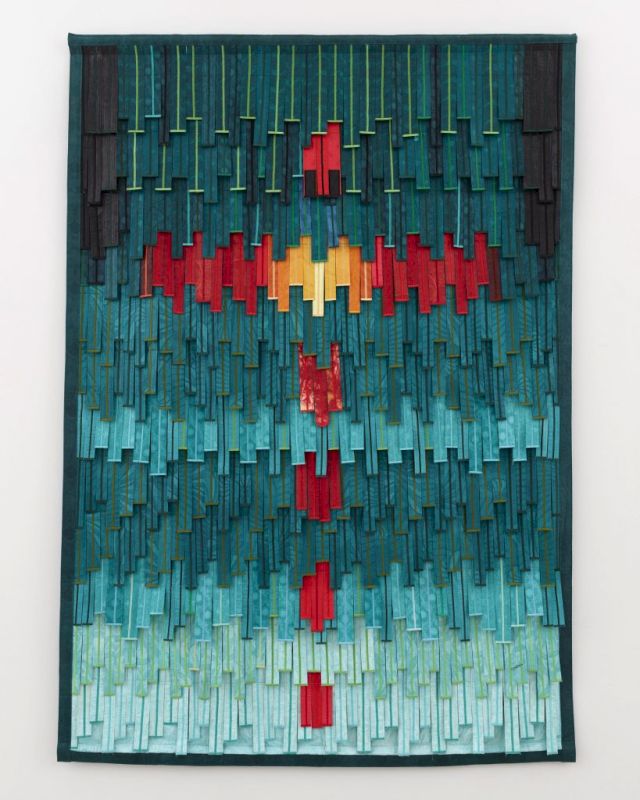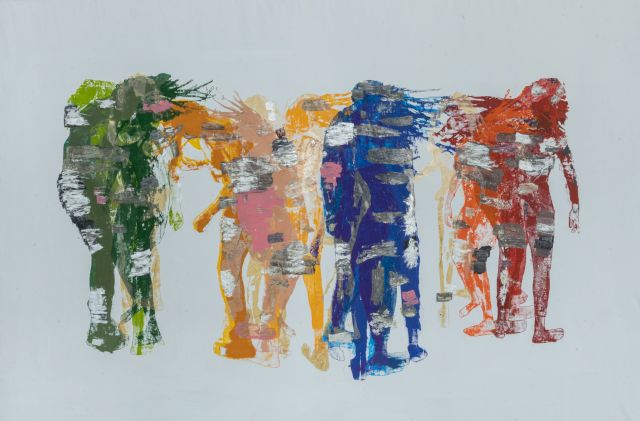BMW Art Guide by Independent Collectors
Joseph Awuah-Darko
The Terra Collection Of African Contemporary Art – Accra, Ghana | London, UK
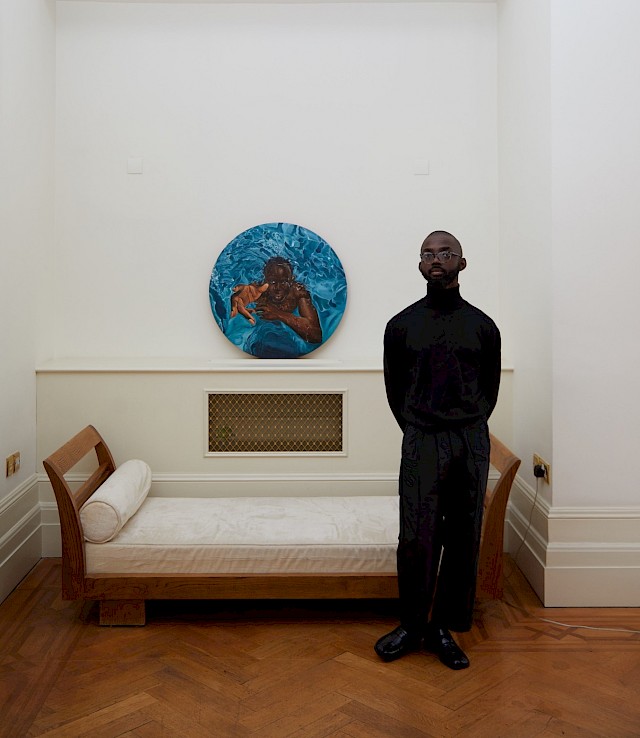
What was your motivation to start a collection?
The motivation to start collecting was really organic in the sense that it was sparked through great friendships with really dynamic African contemporary artists. 5 years ago, one of my first studio visits was at the studio of Serge Attukwei Clottey - whose wife [Awo] is also an artist and dear friend. I got to immerse myself in the community within which Attukwei’s work was created, and it definitely enriched my understanding of his practice and ethos. In my earlier years of collecting intimate studio-visits have build the foundation for so many acquisitions I have made later down the line. I’ve been honored to visit many studios of great artist such as the likes of Gideon Appahi, Sir Isaac Julien, Salah El Murl, Foster Sakyiamahd, Zizipo and Maku Azu; all artists I would consider close to my heart whose works I am happy to live with.
Does your collection follow a specific theme or particular artists?
The collection primarily focuses on emerging to established Contemporary Artists working within the African continent and its diaspora. This has been very important to me especially in the lives of emerging artists working on the continent where I feel a sense of true responsibility. Gender parity is something that also means a lot to me within this context in ensuring that women artists are represented just as much as men. This has been something I have been very clear about from the beginning.
How has the attitude to collecting changed since you began?
Its definitely become more measured and more selective as the years have gone by. This has been due to the ‘muscle of experience’ that has been built over time and I have had to also gain a focused eye within our present world of sensory overload in the plethora of ways to access contemporary art. Much easier said than done, but the journey continues.
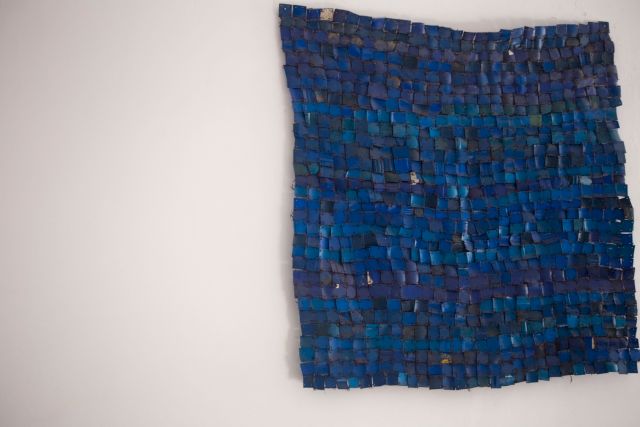
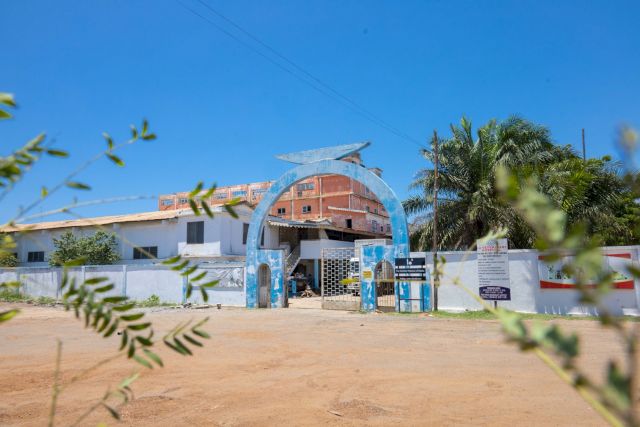
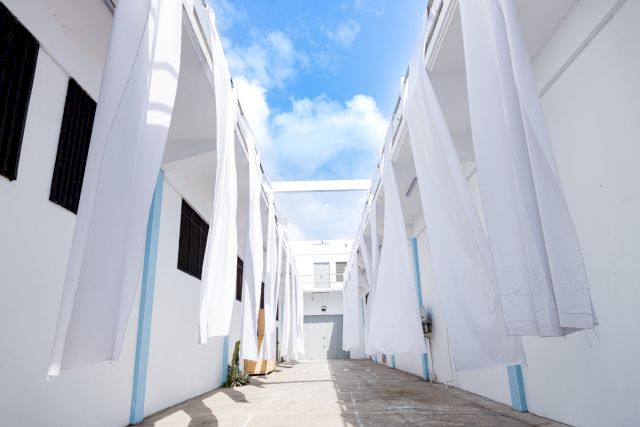
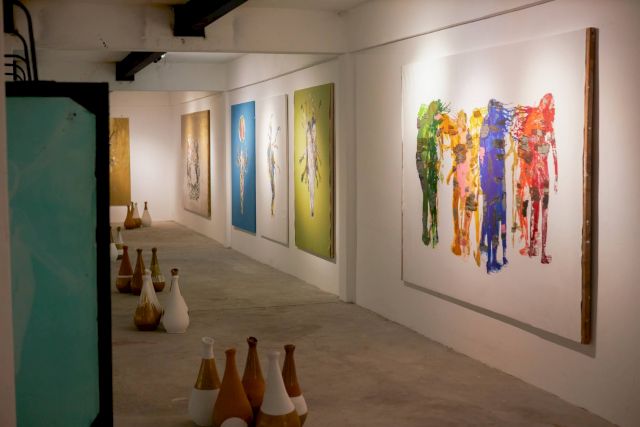
How important is having the title of being a “collector” to you?
To be honest, I am much more obsessed with the idea of being recognized as a ‘patron’ to the emerging artists I have actively supported - in t which collecting serves as an essential part of patronage. But holistically there is more that goes into my relationships with most of the artists in the collection than merely the transactional act. There’s a sense of mentorship, both of a personal and professional nature, that tends to occur within the dynamic of how I collect.
What has the reaction been like from visitors of your collection since making it publicly accessible? Does this reaction impact you and what you collect?
For the part of the collection that has been accessible for public view at the constantly developing Institute Museum of Ghana, it has been great to experience the documented reactions of both locals and international visitors. It has also been quite special to have local schools within the municipality engage in academic visits to preview the collection as part of their curriculum and this is what essentially brings me the most joy; the act of introducing possibilities.
Do you have a personal relationship with the artists you collect? And which artists are you currently following?
More often than not, I find it of a great importance [and of course a privilege] to build meaningful friendships with the artists I meaningfully collect. Elladj Lincy is a dear friend and artist who I first met in Dakar during his residency with Cecil Fakhoury after his well documented solo-exhibition in Paris. He is soft-spoken and relatively tall with a very genuine sense of curiosity about the world around him. I find my self very humbled to have him in my collection. During my time in Senegal we bonded over deep discussions surrounding mental health and shared our struggles [and triumphs] in navigating the reality of living with it. I look forward to his collaboration with YSL and his participation in his upcoming Group living with it. I look forward to his collaboration with YSL and his participation in his upcoming Group Exhibition at the Zeitz MOCAA.
What is your biggest hope for the future of art and collecting?
I think my biggest hope for the future of collecting is embedded in the word itself - “future”. My hope is that a discerning, curious and informed generation of younger collectors emerge with the understanding of the importance of nurturing long term careers. Young collectors that care about studio-visits and artist talks to encourage critical discourse, avoiding the type of collecting that is merely informed by a more speculative and trend-based approach.
